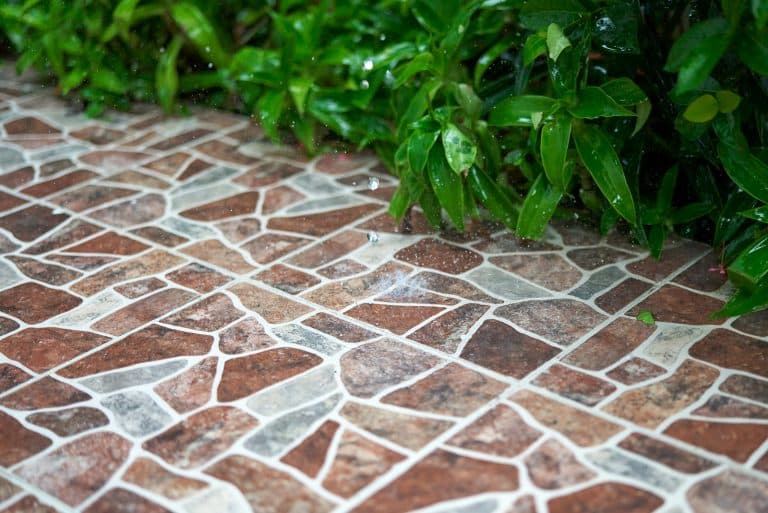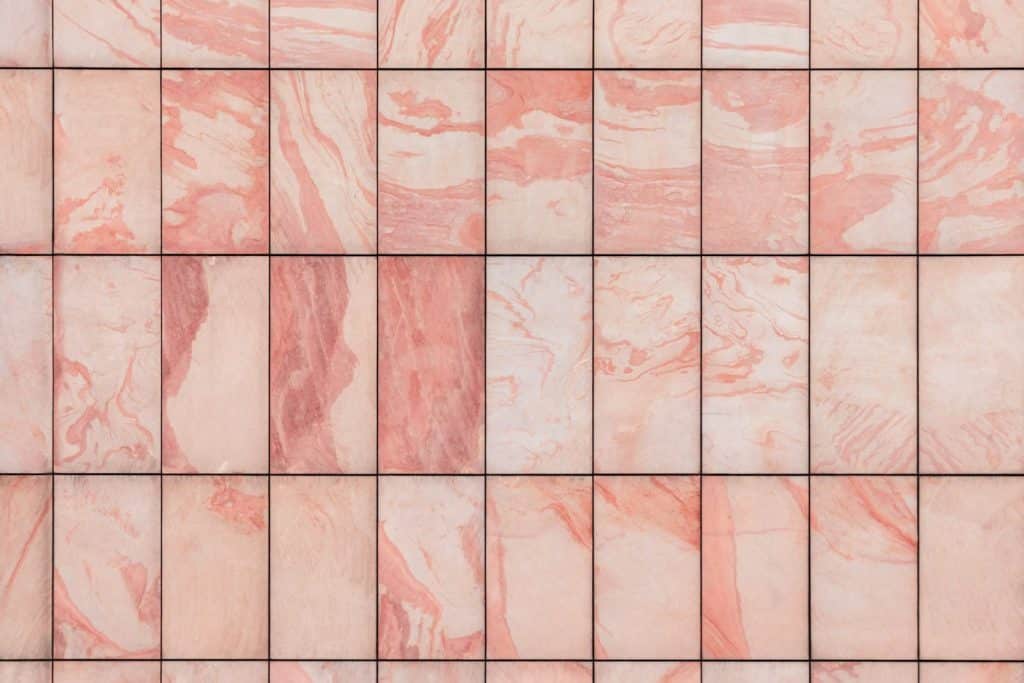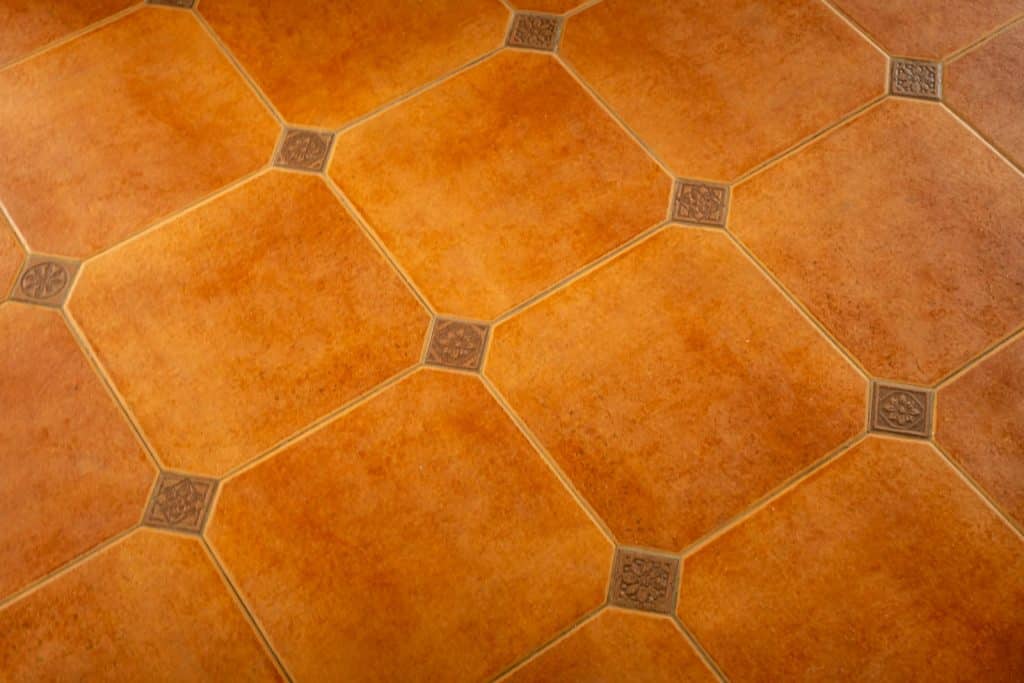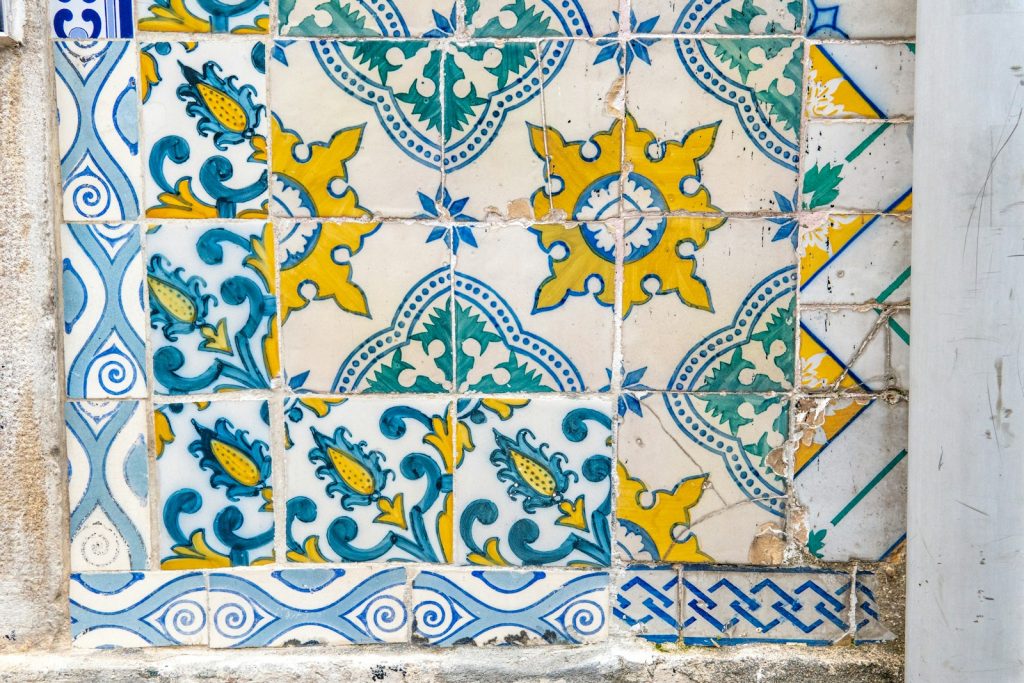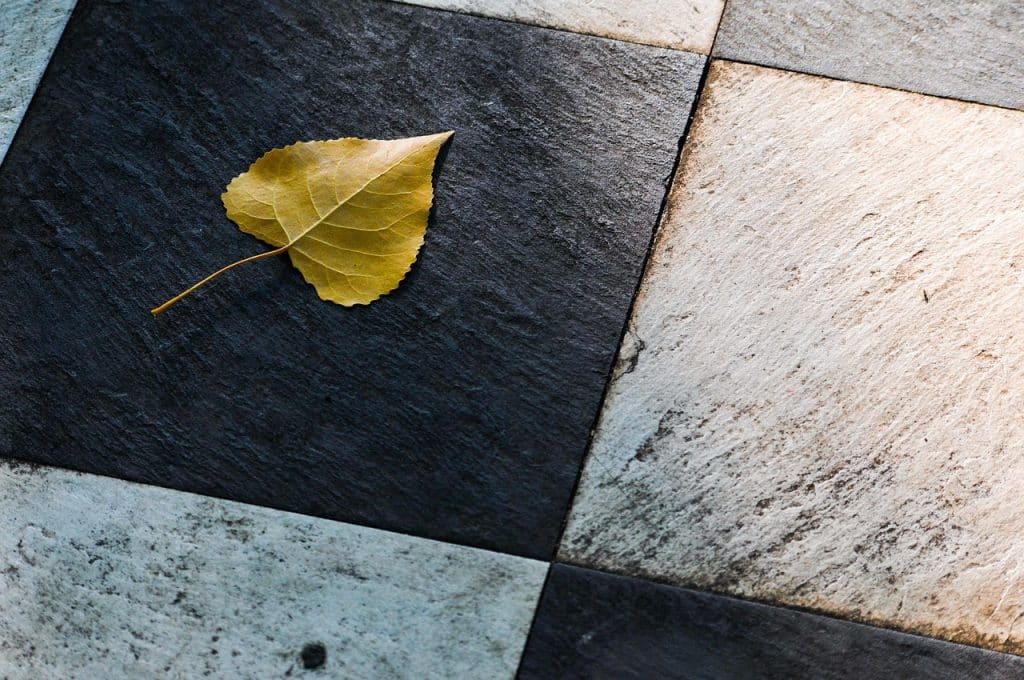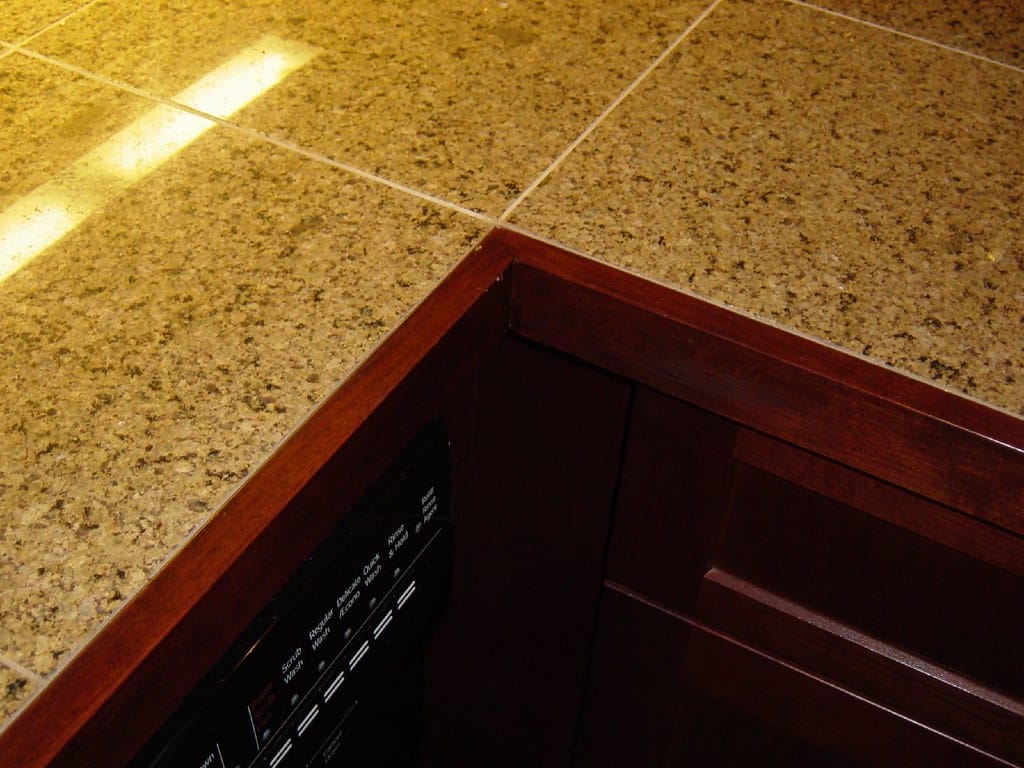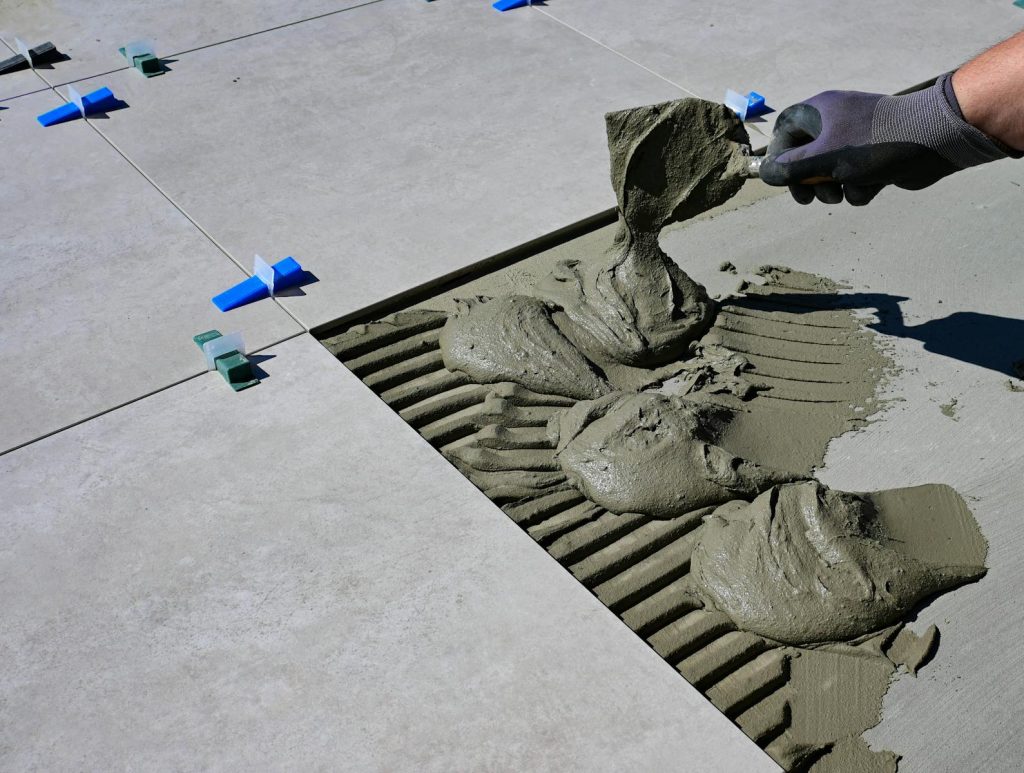Outdoor ceramic tiles are a go-to choice for transforming patios, walkways, pool decks, and other exterior spaces. Renowned for their resilience and aesthetic flexibility, these tiles combine practicality with design freedom. Their slip-resistant surfaces and ability to withstand harsh weather conditions—from scorching summers to freezing winters—make them a safe and long-lasting solution. In this guide, we’ll explore the advantages of outdoor ceramic tiles, their design potential, and tips for selecting the right type for your project.
Why Choose Ceramic Tiles for Outdoor Use?
1. Superior Durability
Outdoor ceramic tiles are fired at high temperatures using natural clay and minerals, resulting in a dense, non-porous structure. This manufacturing process ensures resistance to:
- Freeze-thaw cycles (frost resistance)
- UV exposure (minimal fading)
- Staining from dirt, grease, or chemicals
- Wear from foot traffic
Unlike natural stone, ceramic tiles require no sealing and can be cleaned with mild soap and water.
2. Slip Resistance
Textured finishes and matte surfaces provide traction, making ceramic tiles ideal for wet areas like pool decks. Look for tiles rated R10–R12 for outdoor use, which indicate higher slip resistance.
3. Design Versatility
From rustic stone-look porcelain pavers to sleek geometric mosaics, ceramic tiles come in countless styles. Popular trends include:
- Wood-effect planks for a warm, natural aesthetic
- Large-format tiles for modern, seamless looks
- Terracotta-inspired hues for Mediterranean charm
Types of Outdoor Ceramic Tiles
The “ceramic tile family” includes several subcategories suited for exterior use:
- Porcelain Tiles: Denser and less porous than standard ceramics; ideal for heavy-traffic areas.
- Granite-Effect Tiles: Mimic natural stone with speckled textures.
- Mosaic Tiles: Small-format tiles for decorative accents or pool coping.
- Press-Molded Tiles: Budget-friendly, textured options for patios.
Installation & Maintenance Tips
- Use frost-proof adhesives and grout for cold climates.
- Ensure proper slope (1/4 inch per foot) for drainage.
- Clean periodically with pH-neutral cleaners to preserve color.
For tailored advice, consult experts to match your project’s needs with features like anti-slip ratings (critical for pool areas) or thermal resistance.

